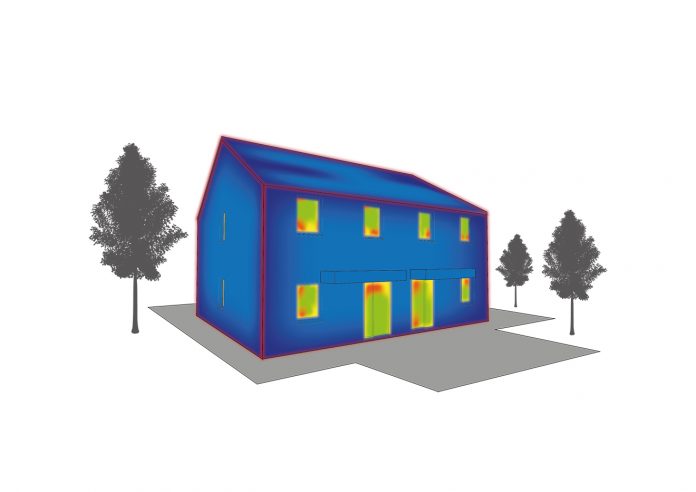The move to Nearly Zero Energy Buildings (nZEB) is one part of the climate action plan aimed to help us achieve our target Carbon reductions and ultimately achieve Net Zero by 2050. This was set out by legislation signed by the UK Government in 2019 committing the UK to a legally binding target of net zero emissions by 2050.
nZEB means buildings that have a very high energy performance in which the nearly zero or very low amount of energy required should be covered to a very significant extent by energy from renewable sources, including energy from renewable sources produced on-site or nearby.
WHAT DOES THIS MEAN FOR THE CONSTRUCTION INDUSTRY?
We need to maximise the performance of the building fabric to significantly reduce energy demand, then use the most efficient method (using renewable energy) for heating, hot water and electrical requirements. A high performance building fabric is easy to achieve. It’s a once-off investment requiring no maintenance or replacement and will ensure the efficiency and longevity of the heating system and plant.
nZEB represents a significant challenge for the construction industry but also a huge opportunity to make a positive change in the way we construct our buildings and mitigate against the adverse effects of Climate Change. We cannot continue to waste energy and damage our environment for future generations – Kingspan is committed to providing solutions to protect that future and is committed to a Net Zero Energy future.
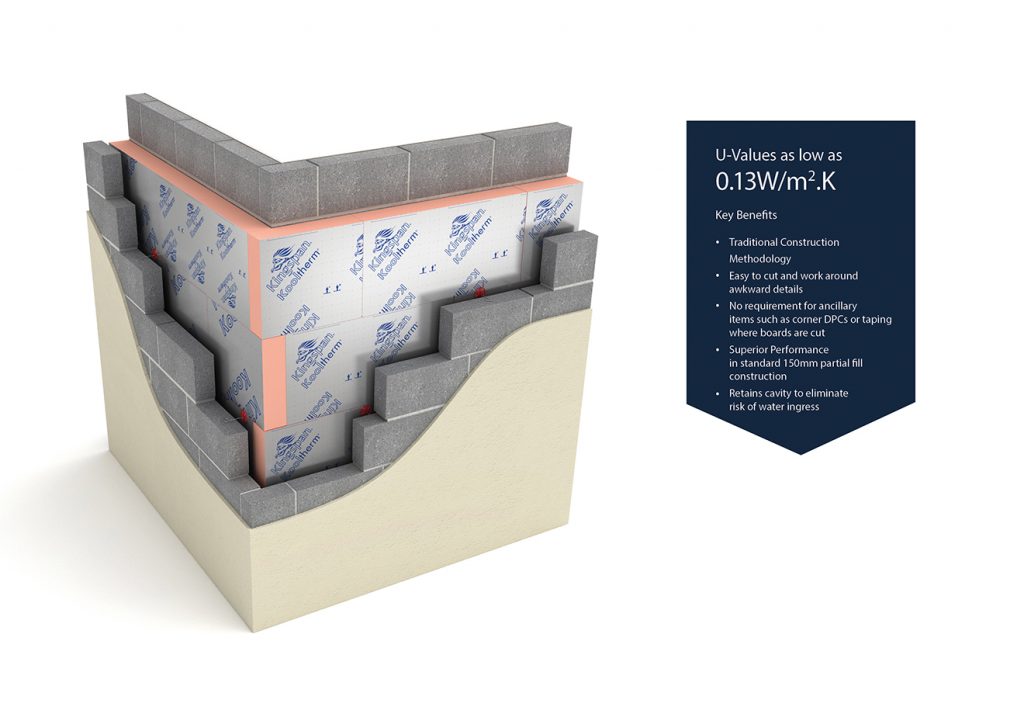
HOW TO ACHIEVE NZEB
The starting point for nZEB compliance is to maximise the performance of the building fabric elements, which includes floors, walls, roof and windows. A key decision is the construction methodology, which typically starts with the walls. For example, our Kooltherm® Cavity Wall insulation solutions tick all the boxes here, in terms of superior thermal performance, minimising wall thickness, buildability and affordability achieving U-values as low as 0.13 W/m2K.
Then choose the preferred floor, roof and wall constructions to complete the high performance building envelope. Key to nZEB is to minimise the energy demand from the outset. Compliance can be achieved without excessive reliance on ‘bolt on’ mechanical and renewable technologies by using premium, thermally efficient products, good detailing and attention to detail on site.
Investing in the building fabric is a long-term, low-cost strategy requiring no maintenance or replacement for the functional life of the building, while guaranteeing complete thermal comfort. When individual building fabric elements are finalised, it is imperative to consider how these elements come together.
With high performance building fabric the impact of these junctions becomes increasingly important. There are four options here:
1 Use Thermal modelled details such as Kingspan Performance Junctions to achieve a Y-value as low as 0.04 or lower. (illustration 1)
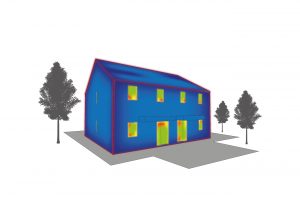
2 Use the standard Acceptable Construction Details and use the default Y-value of 0.08. (illustration 2)
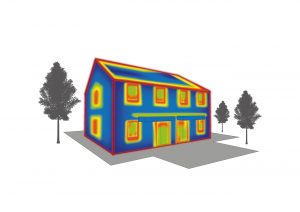
3 Use a combination of the modelled details and the standard ACDs to derive a project specific Y-value.
4 Accept the default 0.15 Y-value. (illustration 3)
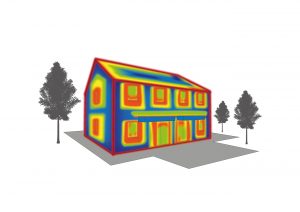
As the above images illustrates the first is the best option. By constructing our buildings to nZEB levels, we in the construction industry can help to achieve the net zero target by 2050.
Sean McGuigan, is National Business Development Manager for Kingspan Insulation Ltd, Bree, Castleblayney, Co Monaghan, Ireland
T: +353 (0)42 979 5000
www.kingpsan.com



